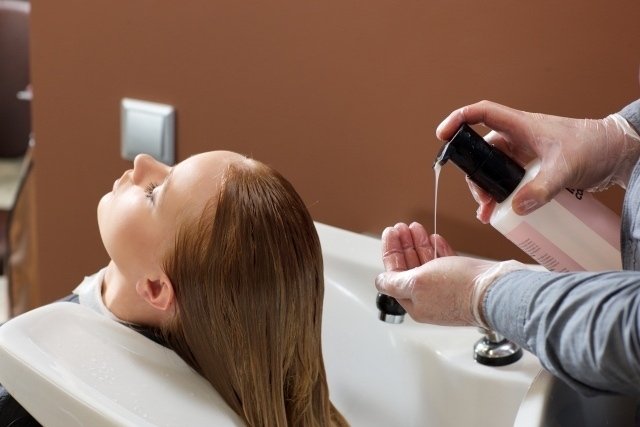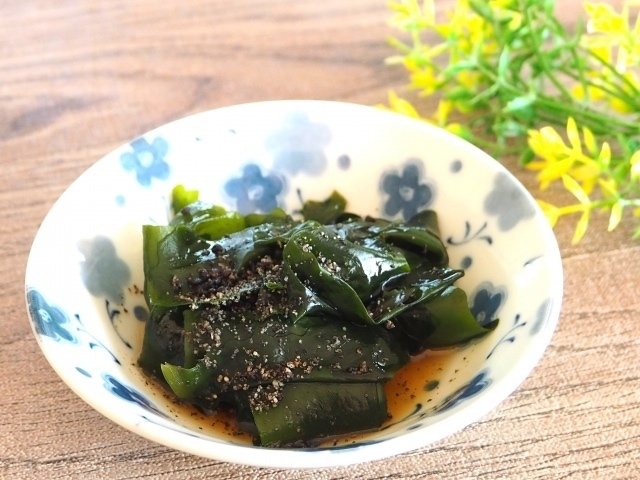
What is the difference between rinse, conditioner, and treatment? [Important concepts for hair care]
【This text has been translated by ChatGPT. If you find any mistakes in context or expressions, please let us know.】
This is Itohcontroller, and today I'll explain a basic topic that you might think you already know: the difference between "rinse," "conditioner," and "treatment" for hair care.
日本語版はコチラ↓
■ Are "rinse" and "conditioner" the same thing?
To put it simply, "rinse" and "conditioner" are the same product. They coat the surface of the hair, improving its texture and preventing static electricity. Since both rinse and conditioner only adhere to the surface of the hair, they wash out when you shampoo. Be sure to rinse them off just enough to prevent a slight slimy feeling on the surface.

▼ Why use different names for the same product?
So, why call the same product by two different names? To be precise, it's not that they're being distinguished, but rather that the term "rinse" has been replaced with "conditioner." In my memory, this change occurred around the turn of the 2000s. Since then, manufacturers have changed the names of their products.
The reason is probably because it sounds cooler. Changing names, as with "running shirt" to "tank top" or "spats" to "leggings," is common in the fashion industry. When the name is changed,

"Treatment" is something that penetrates and repairs hair
"Treatment" refers to something that penetrates inside the hair and repairs it. Hair has a 3-layer structure, like a sushi roll. A healthy state is when the seaweed (cuticle), shari (cortex), and gu (medulla) are protected by the seaweed. However, when the seaweed is damaged and peels off, the shari and gu fall out through the gaps, weakening the hair. Treatment repairs this.
Treatment has the effect of "injecting repairing ingredients into the cortex and medulla" and "coating to protect the cuticle." Therefore, compared to rinse-conditioners that only coat the surface, treatment is superior. Therefore, for example, there is no need to use conditioner after treatment. Since treatment also has a coating effect, it is okay to use either one after shampooing.

Which treatment should you use and how?
When you look at the hair care corner of drugstores or Loft, there are various treatments that you may not understand how to use. The problem of "which one to choose" is not only because consumers are not literate enough. The category of treatments has the same name and is confusing, making it difficult for consumers to understand.
Therefore, there are many cases where the use of treatments is wrong. Here are some representative treatments.

▼ "In-bath treatment" used in the bath
The treatment used in the bath is an upgrade from rinse-conditioner mentioned earlier. In the industry, it is also called "in-bath treatment," but there is almost no distinction in name. Many people use it daily as a replacement for conditioner, but for high-end lines such as "concentrated hair packs," it is recommended to use it every few days. While the effect is high, if used every day, it may cause negative effects such as becoming too heavy or the hair becoming sluggish.

▼ "Rinse-free treatment" used before drying
"Rinse-free treatment" is like a primer for makeup that penetrates the hair inside when applied before drying with a hairdryer. It does not have a set strength, so it can be used in combination with other styling products. When it dries, it doesn't feel sticky, and natural "luster" is increased. Since it is a treatment, it has a repairing effect, and you can feel the moisturizing effect. With continued use, it can reduce damage. In the industry, it is called "out-bath treatment," but it is not well known.

▼▼Notes on Leave-in Treatments▼▼
"Leave-in treatments" are products that are often misunderstood in their usage due to their name and appearance.
They are not the same as treatments or conditioners used in the bath. As their purpose is different, using either one alone is not sufficient.
While leave-in treatments are often oil-based, they are not the same as "hair oils". Applying hair oil to wet hair and attempting to dry it will result in a film of oil preventing it from drying.

▼System Treatments Done at Hair Salons
System treatments refer to treatments done at hair salons, specifically designed for a hair stylist to perform. These treatments use a larger number of products than those used at home, and require strict adherence to the order, process, amount, and selection of products based on the hair type. As changes in hair type, time, and quantity can affect results, knowledge and experience are necessary.
Although not easily performed at home, the performance of system treatments is among the highest quality. In the industry, they are referred to as "system treatments" due to their strict adherence to order.

Treatment is about "repairing" and not "fixing" [an important concept in hair care]
The lack of understanding of treatment among the general public is not just about products, it is about the concept of "hair care." Thinking, "My hair is damaged, so let's try a good treatment," is a little wrong as a hair care approach. This is because it confuses the concept with that of "skin care." Skin care and hair care have slightly different concepts.
▼"Your hair lacks nutrients" is a mistake.
Unlike the skin, hair does not have a turnover of old parts. For example, even if you eat a lot of seaweed, which is good for hair, the nutrients will not reach the "tips" of the hair and improve them. Therefore, there are scenes where people lament "your hair lacks nutrients" after seeing damaged hair tips, but this thinking is wrong.
The concept that "your hair lacks nutrients" is that there is a pipe-like blood vessel in the hair, and nutrients come through from the hair root. Therefore, they believe that the damaged hair tips were not nourished because the nutrients reached the root to the middle of the hair.

▼Skin care and hair care have different ways of thinking.
Hair is called "dead cells." Hair does not have "natural healing power" to begin with, unlike skin, which repeats the replacement of old skin with new skin. Using skin care products can improve the condition by promoting turnover, but hair cannot expect the same circulation.

▼Hair grows like a mechanical pencil
Hair grows from the root. The healthiest "root hair" gradually becomes the "hair tip" like a mechanical pencil. Therefore, during the gradual transformation over many years into the "hair tip," it continues to be damaged by external stimuli. If the healthiest root hair continues to grow to the hair tip, it becomes hair without damage. In the case of the skin, the old part is circulated, but in the case of hair, the old hair continues to exist at the tip unless it is cut.
From this, hair care becomes an important concept of "how to protect hair and live with it."

▼Treatment is not a "cure-all."
Eating seaweed will make the "hair that grows from the root" better, not the "hair tip." In other words, there are no quick-acting items such as food or supplements. Additionally, the hair treated with "repairing" treatment products does not immediately recover. It is important to maintain healthy hair by carefully selecting the right treatment and using it over a long period.

この記事が気に入ったらサポートをしてみませんか?
